We all love a little retinol, the powerhouse of anti-aging ingredients, but it can be a bit…intense. So makes sense not every ingredient can be a match for this potent pal. That’s why we’re turning to our Picky Expert and board-certified dermatologist Dr. Jenny (@derm.talk) to let us know which ingredients do and don’t mix with retinol! Let’s get into it.
Ingredients That DO Mix With Retinol
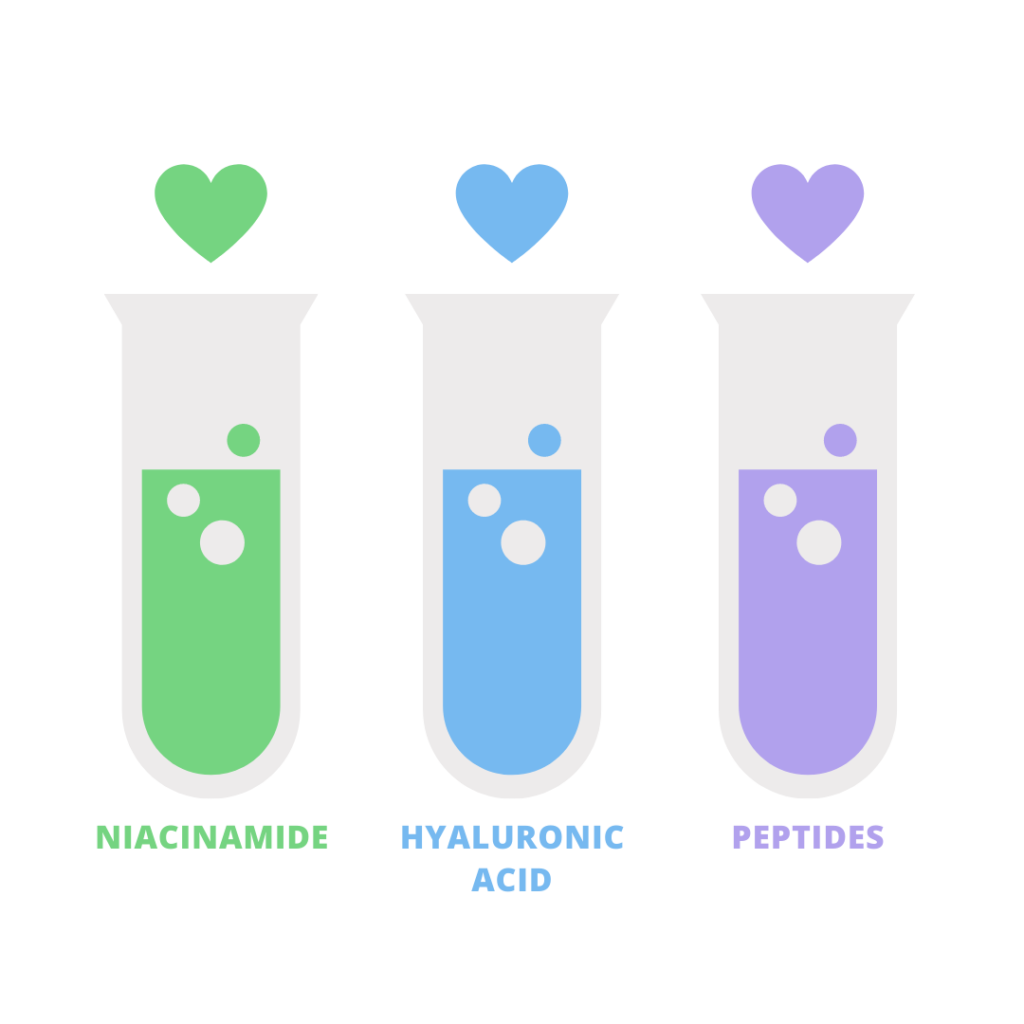
Niacinamide + Retinol
Retinol and niacinamide are a match made in skincare heaven! Together, these two help to improve and support the skin barrier while also increasing the skin’s tolerance to retinol. A tip from Dr. Jenny is to use this combo in moisturizers rather than serums and go with 4% instead of the potentially irritating 10% concentration of niacinamide.
Hyaluronic Acid + Retinol
Now this may have the word ‘acid’ but don’t freak out! This acid isn’t exfoliating and won’t be causing any irritation to your skin. Actually, this pair up helps to improve the skin’s moisture barrier and overall hydration! That’s all thanks to hyaluronic acid being a star humectant that draws water into the skin and keeps it staying hydrated.
Peptides + Retinol
Peptides and retinol are a synergistic pair for sure, working like magic to help relieve signs of aging! We’re talking fine lines, wrinkles and other signs of aging. Usually if you’re looking for anti-aging products you’ll find these two already paired up in the formulation.
Ingredients that DON’T Mix With Retinol

There’s a reason why retinol doesn’t always play nice with all the ingredients out there, and that’s because retinol (and retinoids in general) can cause redness, dryness and irritation. So we’re highlighting some ingredients that may further that damaging affect.
Benzoyl Peroxide
These two are a great duo for fighting acne, but if these two aren’t formulated together it can be incredibly irritating for your skin. Benzoyl peroxide alone can be irritating enough, so adding retinol to the mix won’t make that acne go away faster but rather create more chaos for your skin. Tip from Dr. Jenny is space when you use benzoyl peroxide and retinols, one in the morning and one in the evening or on alternate days. Another tip is to try benzoyl peroxide in a cleanser since they are formulated to be much less irritating!
AHAs + BHAs
AHAs and BHAs can increase skin sensitivity and irritation, so usually it’s best to just avoid mixing these up in the same routine as retinol. But of course, you can alternate routines or have one in your AM and the other in your PM routines! Another pro tip from Dr. Jenny is that actually AHA and retinol can work together synergistically, helping to improve skin texture and tone, but make sure to find a product that formulates the two ingredients together rather than combining two separate ones on your own!
Vitamin C
As much as we love vitamin C for its antioxidant and brightening powers, we don’t suggest mixing these two together. Vitamin C, especially L-ascorbic acid, is usually formulated with a lower pH to help with stability. This makes it all the more irritating and damaging if you combine with retinol. Instead, use these two ingredients at separate times to maximize their benefits and minimize the risks. Vitamin C in the morning to protect and boost antioxidants, retinol at night to help with any photodamage!
Be Picky
So this is our list of ingredients that do and don’t mix with retinols, did we miss any? Or maybe there’s another ingredient you want to see matched up, let us know! On Picky, we’re happy helping our community understand and find the ‘perfect matches’ for their skin. Make sure you have the Picky app downloaded so you don’t miss out on our awesome ingredient filter search and so much more. Follow us on Instagram for more skincare science content and check out our YouTube channel!
Created with

Dr. Jenny
Dermatologist
@derm.talk

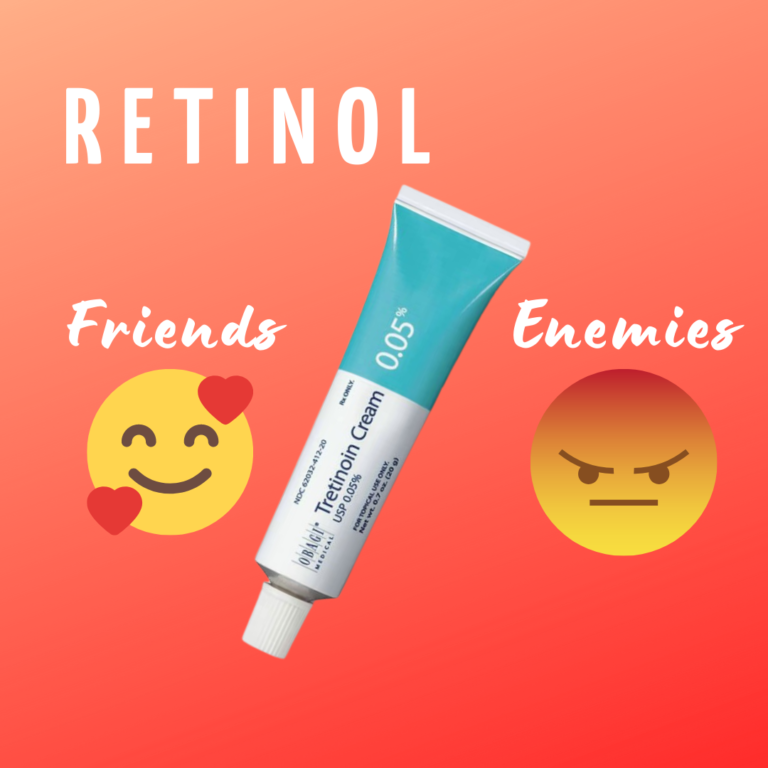
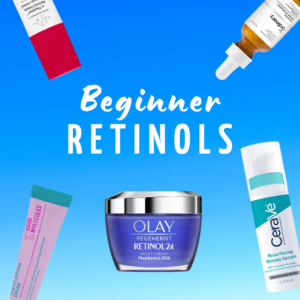

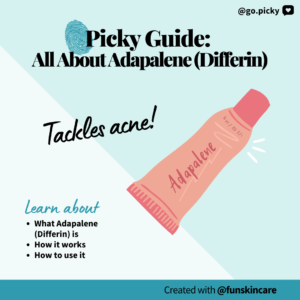
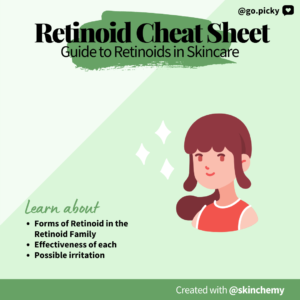













3 Responses
Thank you so much for the information I was mixing the wrong products 🙈🙊
Thank you for sharing this info on what and don’t mix well wuth Retinol
Thank you for the helpful information and it does make sense to why I may have some of the issues I have had in the past .
But why does some companies recommend or have routines that do combine these products in the same routine ?